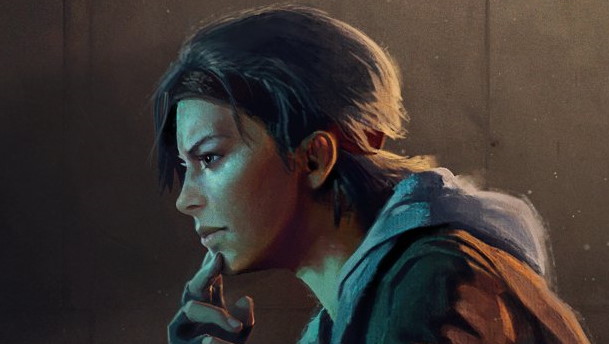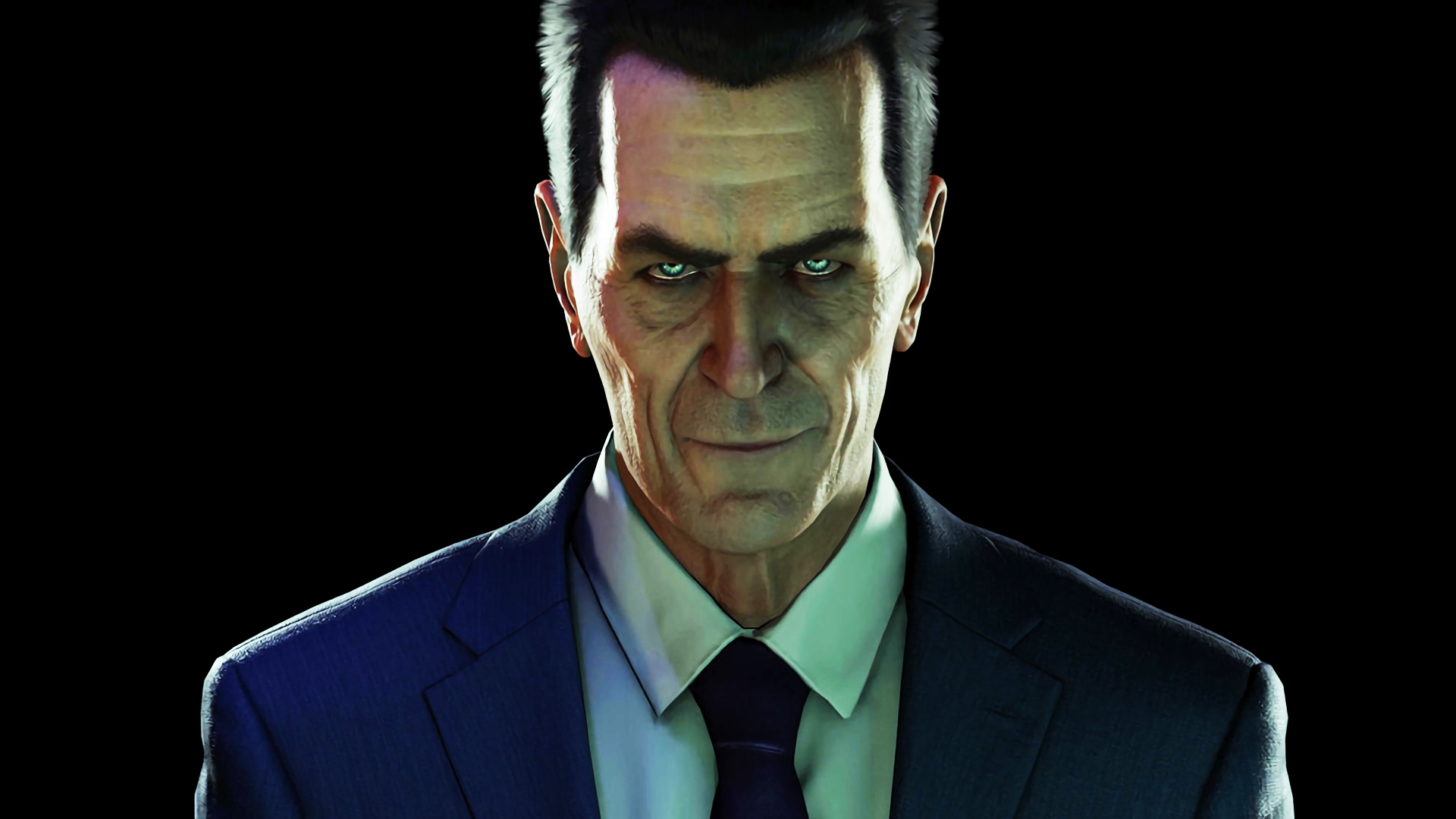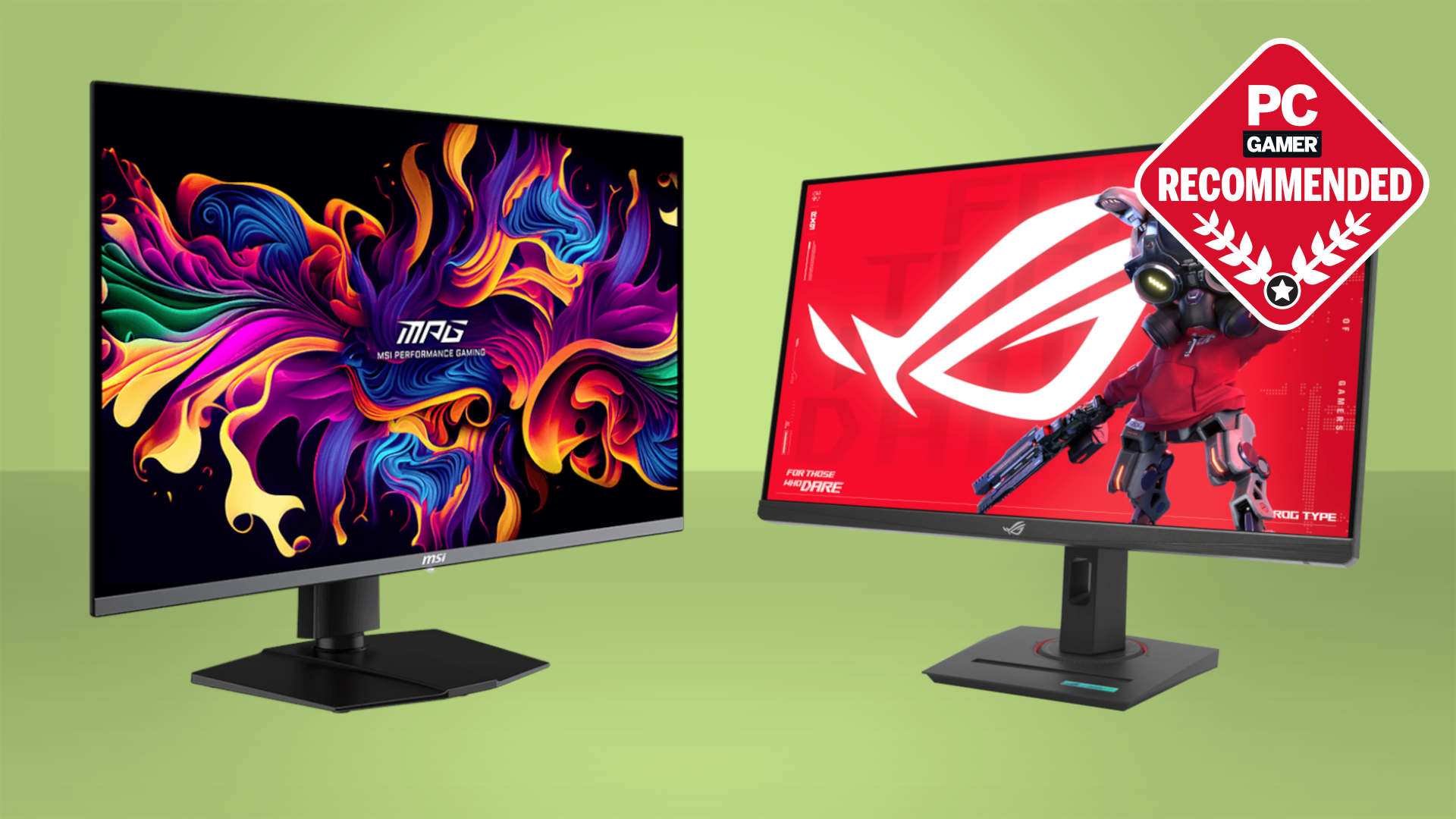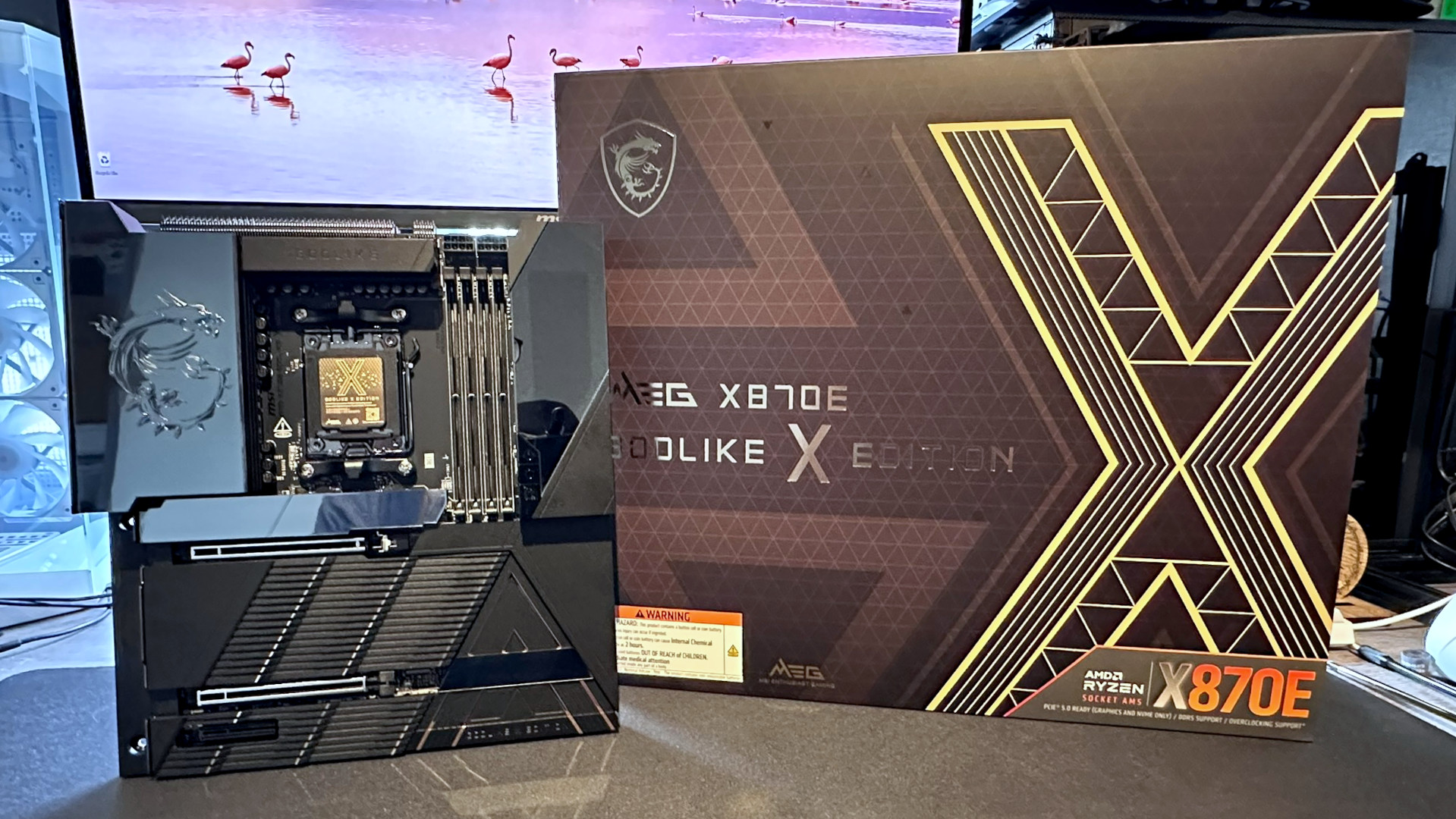Valve only wants to make new Half-Life games if they push the medium forward, but what could it push forward next?
If Half-Life 3 ever happens, what big innovation would justify it in Gabe Newell's eyes?

When asked to explain why Valve never made Half-Life 2: Episode 3 for the recent 20th anniversary documentary, Gabe Newell said that he "couldn't figure out why doing Episode 3 was pushing anything forward."
For the Valve founder, the Half-Life games can't just push Gordon Freeman's story forward. They have to push videogames forward in one way or another. So, if Half-Life 3 ever happens (or Episode 3, but that ship has probably sailed), what would it 'push forward'?
It's a question that hasn't gotten easier to answer in the time since Valve cancelled Episode 3.
The original Half-Life changed the way stories were told in games, expanding on potential for narrative FPSes only hinted at by Unreal, and was nigh inarguably the best game of its kind in its day. And then Valve somehow did it again with Half-Life 2, breaking new ground for the narrative FPS with its novel physics and top-shelf dramatic storytelling.
Finally, although it wasn't the big numbered entry people might have hoped for, Half-Life: Alyx was yet another technological marvel that helped prove the potential of VR.
Assuming that 'VR again, but even better' isn't the plan for whatever the next Half-Life thing is (although rumor has it that Valve's got an all-in-one headset coming), there are a few possibilities for where Valve's attention lies, at least in terms of technological innovation.
Over a decade ago, Valve toyed around with the idea of biofeedback in games, an idea that still mostly appears in toyish novelties today, though it's gaining more traction. The most striking example from Valve was a demo of Portal 2 using the player's eyes to control in-game perspective, but it also tried a version of Left 4 Dead 2 where stress levels were monitored to dynamically change encounters. It might be old tech, but so is VR, which has had an incredibly long and slow journey toward mainstream appeal.
Keep up to date with the most important stories and the best deals, as picked by the PC Gamer team.
And then there are the more controversial candidates. Generative AI is a big topic these days, and while its applications in gaming so far have primarily been in the form of empty promises, there have been some discussions about how AI might be used to assist development in a thoughtful, temperate way.
There have also been efforts to incorporate generative AI directly into games, such as with the AI NPCs Nvidia has been demoing, but Valve would have to make huge creative and technical leaps to get that kind of thing out of tech demos and into a game in a way that is actually good, especially in a series known for telling coherent(ish) narratives. Despite the breathless claims of the AI industry, we don't even know if such a thing is possible, even if Valve did secretly have some brilliant machine learning department.
AI still feels too experimental to be the thing Valve is fixated on, although it seems reasonable to guess that the developer could be working on something related to procedural generation that isn't necessarily tied to LLMs or machine learning.
Blockchain trading is the other controversial recent tech development, and Valve doesn't allow it in Steam games—it's got its own Steam Marketplace, after all—so it's an extremely unlikely candidate for Valve's interests.

One clue might be in Valve's recent hardware innovations: the Steam Deck and the Steam Link. Game streaming and handheld gaming certainly seem like they're here to stay when compared to some other big trends, although it's hard to imagine how they might inform the design of a new Half-Life in a way that pushes things forward—handhelds have been around a long time. Although, if Nintendo can sell me on the potential of Joy-Cons after motion controls were so finicky for so long, maybe Valve can make magic happen with something only the Steam Deck's trackpads and paddles can enable.
I think novel control inputs are always worth exploring, whether we're talking about a bespoke arcade cabinet or the Playdate's crank, and my intuition tells me there has to be something that's only possible with a dual-trackpad-with-paddles setup. Or come to think of it, maybe what Half-Life 3 really needs is a crank.
It's possible that Valve is thinking about 'pushing things forward' in some way that doesn't primarily have to do with technology—design, storytelling, structure—although tech has always been a big component of Half-Life games. Half-Life 2's physics puzzles and characters who actually looked something like human beings aren't such a big deal now, but they were in 2004.
Even if Half-Life 3 never happens, the first two will always be among the most celebrated and evocative games ever created, so it's hard to feel underserved. Let's just hope they get crank support soon.
Justin first became enamored with PC gaming when World of Warcraft and Neverwinter Nights 2 rewired his brain as a wide-eyed kid. As time has passed, he's amassed a hefty backlog of retro shooters, CRPGs, and janky '90s esoterica. Whether he's extolling the virtues of Shenmue or troubleshooting some fiddly old MMO, it's hard to get his mind off games with more ambition than scruples. When he's not at his keyboard, he's probably birdwatching or daydreaming about a glorious comeback for real-time with pause combat. Any day now...
You must confirm your public display name before commenting
Please logout and then login again, you will then be prompted to enter your display name.


